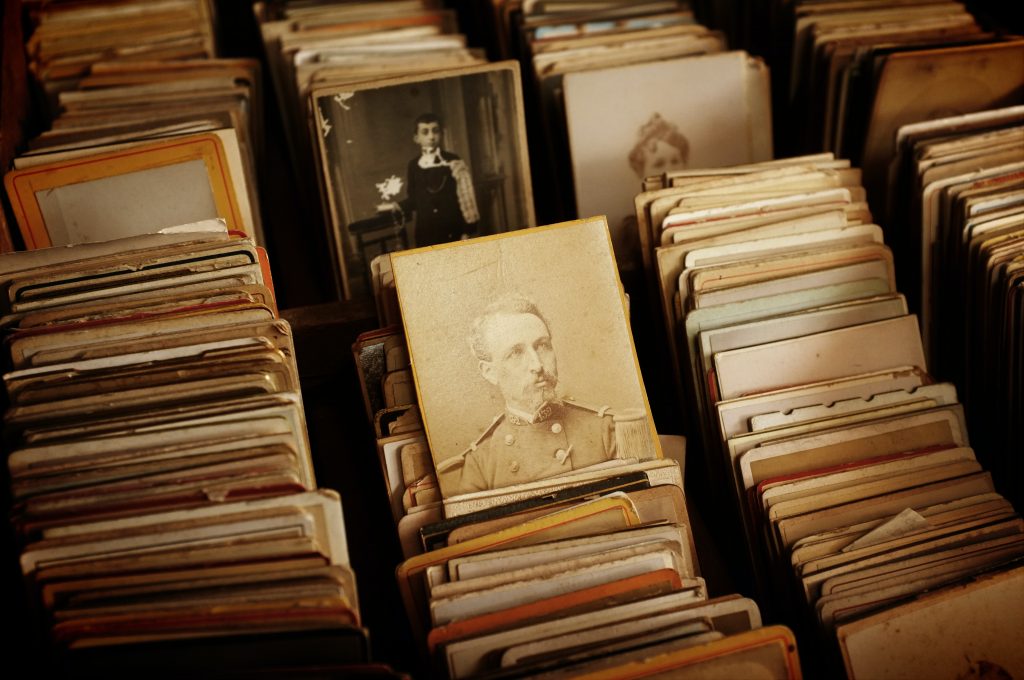Today’s post is written by Ben Wyckoff Shore.
A major challenge of writing historical fiction is getting the zeitgeist right. It’s one of the most powerful things you can do as a writer to set your book apart and goes far beyond placating the fact-checking history buffs (love you folks).
By zeitgeist, I don’t just mean atmosphere: I also mean the outlook and perspective of those who lived a hundred, two hundred or even five hundred years ago. History may be written by the victors, as the maxim goes, but there are countless other historical perspectives to present. Understanding and conveying these adds depth to your characters, giving you the tools to portray history from their varied, complex perspectives and worldviews. It will also inspire your characters’ visceral motives, their challenges and their fears—enabling you to craft a story that will truly transport your readers.
To dig up these treasured perspectives we must get as close to the horse’s mouth as possible. During the process of writing and researching my novel, Terribilita, set in 19th-century Italy, I found that the very best way to burrow back in time is to tap into primary resources by delving into what I call the three M’s: memoirs, museums, and media.
Memoirs
Most memoirs are fantastic primary sources that provide an extraordinary amount of detail into the day to day of your time period. However, to get that illusory “historical perspective” we must really focus on memoir selection, as not all memoirs are created equal. Some of the best memoirs are not from the prominent and the powerful of the era, and in fact, some of the less famous accounts from the era will be more aligned with the everyman perspective.
In preparation for writing Terribilita, and specifically writing a mercenary character, I read a memoir by a British Army Officer who was embedded with a renegade portion of the Ottoman Army called the Bashi-Bazouks. Twelve Months with the Bashi-Bazouks, by Edward Money (1857), gave me a tremendous amount of insight into what motivated these fighting men, what honor codes they obeyed, and their exotic styles of combat. The author Edward Money is not a household name, and his book won’t show up on any bestseller lists, but this read allowed me to crawl into the skull of a soldier of fortune.
The best way I’ve found to find these insider memoirs is through Google Advanced Book Search. This free tool allows you to search by subject using keywords and, more importantly, publish date, which will yield authors that were alive and kicking during your chosen era.
By the way, “bashi-bazouk” is Turkish for “crazy-head.”
Museums
While my wife and I were in Italy last summer for a friend’s wedding, I hijacked our vacation and dragged her to the island Caprera. This raw, rocky island off Sardinia is where Giuseppe Garibaldi lived out his final years. Garibaldi was the Risorgimento General who helped unite the many Kingdoms of Italy into one nation. He is a major influence for the characters and the time period of Terribilita. By walking his island and through his house, now a beautiful museum, I was able to get a better sense of the man who led a movement that created a country. The museum holds his clothes, his weapons, his letters, and his grave.
Another word of advice with regard to museum mongering: talk to the people who work there. I’ve found they know a whole lot more than what’s shown in the exhibits.
Take any opportunity to get up close and tactile with history—it will make your composition all the more vivid. Museums may be closed for the moment, but they will be back.
Media
Finding contemporaneous media is an excellent way to tap into your chosen epoch. I found a July 15, 1859 edition of the New York Herald, which reported on the Battle of Solferino (critical to the story of Terribilita) from the varied perspectives of each of the warring nations. Napoleon III is hailed as a genius, a scoundrel, and a lucky S.O.B., in different sections of the same publication. This newspaper also featured a map of the battlefield and the troop movements. Thanks, eBay. Although I was set back 35 dollars—a large markup from the original price of two cents—I now have a memento to frame and hang on my wall as fond memory.
It may well be true that the victor’s truth usually becomes the lasting version of history most of us tell and retell, but there are other versions out there waiting for writers to bring back to life. We just need to know where to look.
